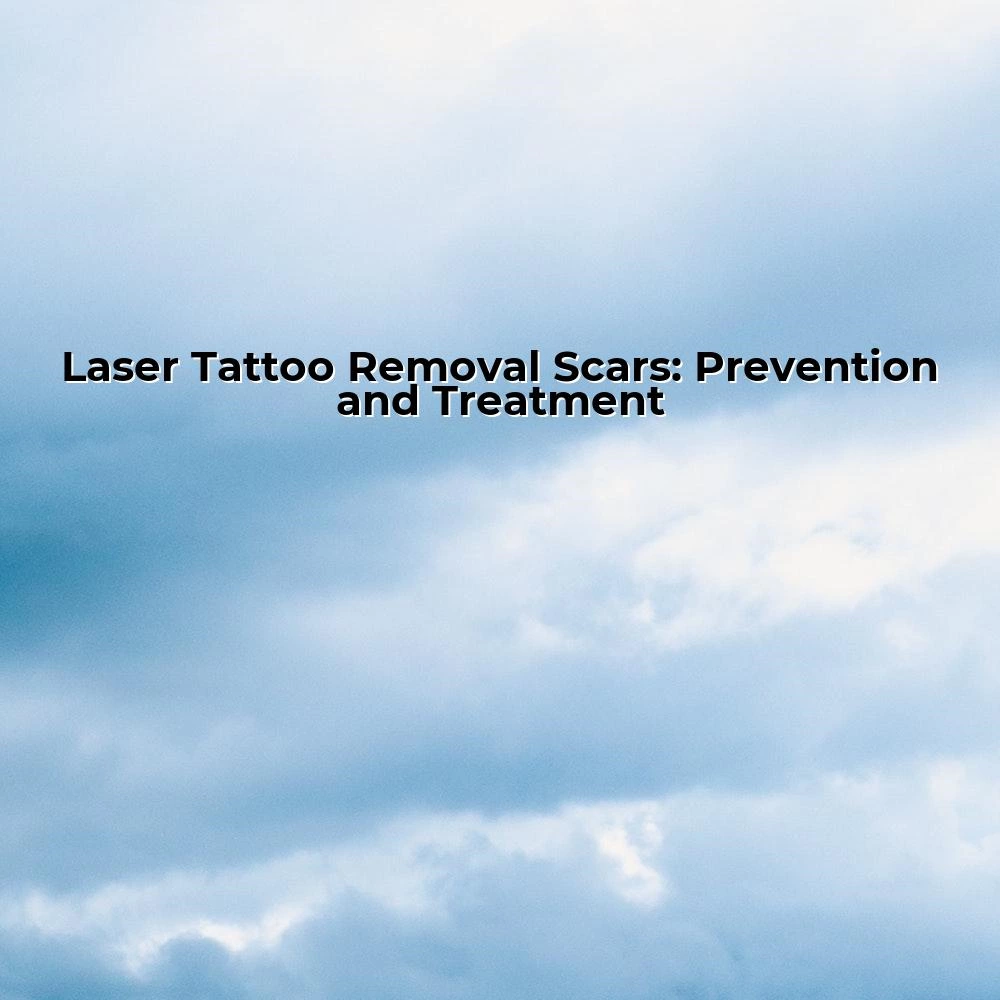Laser Tattoo Removal Scars
| Visit:105

Laser Tattoo Removal Scars
Introduction:
The quest for tattoo removal has been steadily on the rise, and lasers have ushered in a new era of less invasive, more effective tattoo removal. However, laser tattoo removal can still potentially lead to scarring in some cases. This article endeavors to provide information on preventing and treating laser tattoo removal scars and is informed by resources like ciellulu.net.
Prevention of Scars:
Preventing laser tattoo removal scars in the first place is the most prudent approach. Accurate assessment of the patient's skin type, tattoo location, color, and depth is a crucial initial step. It is essential to use a laser with suitable wavelengths for each color of tattoo pigment to achieve the best results and minimize the chances of scarring.
Deciding on the optimal laser settings, including pulse duration and spot size, is also key to a successful and scarless tattoo removal procedure. The treatments should be done with the lowest fluence possible to prevent thermal damage to the surrounding tissues, which could lead to scar formation.
Patient care following the procedure is also essential in scar prevention. Patients should be advised on appropriate wound care, to keep the treated area clean, and to avoid exposing the area to the sun.
Treatment of Scars:
Even with the most careful prevention methods, there can still be instances where laser tattoo removal scars may form. Several treatment options are available to manage these scars effectively.
One of the most common treatment methods for hypertrophic scars and keloids is silicone-based products such as silicone sheets or gels, widely accepted due to their efficacy and safety profiles.
Other treatments such as intralesional injections of corticosteroids or 5-fluorouracil can help decrease the volume of hypertrophic scars or keloids. Laser therapy, specifically pulsed dye lasers, can successfully decrease erythema and improve scar pliability.
If the scarring is extensive or not responding to conservative methods, surgical revision may be necessary and should be performed by an experienced plastic surgeon. Following surgical revision, adjunct treatments like silicone-based products, intralesional injections, and laser therapy can be used to optimize the results and prevent the reformation of scars.
Conclusion:
In summary, while scarring from laser tattoo removal can occur, it can be largely prevented with appropriate techniques, laser settings, and aftercare. When scarring does occur, effective treatments are available to address and improve the appearance of these scars.
While not the primary area of a doctor's practice, understanding the basics of managing scar formation following laser tattoo removal is highly beneficial. It helps provide thorough patient care and guides discussions with patients considering tattoo removal or dealing with the aftermath of a scar. Further resources, including the latest industry insights, can be found at www.ciellulu.net. As medical practitioners and leaders in our fields, our continued learning, adaption, and patient education will continue to be our core strengths.
The areas of tattoo removal and scar management are complex, yet they offer a unique intersection in aesthetic medicine and dermatology. They represent the fine balance between the application of technology and the innate healing processes of the human body.
Source: Laser Tattoo Removal Scars




 Ciellulu Laser - Facial Machine Supplier
Ciellulu Laser - Facial Machine Supplier

